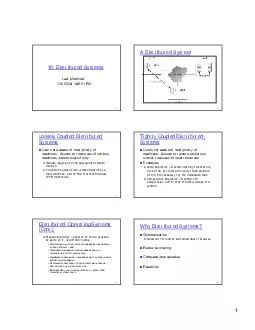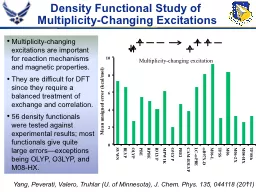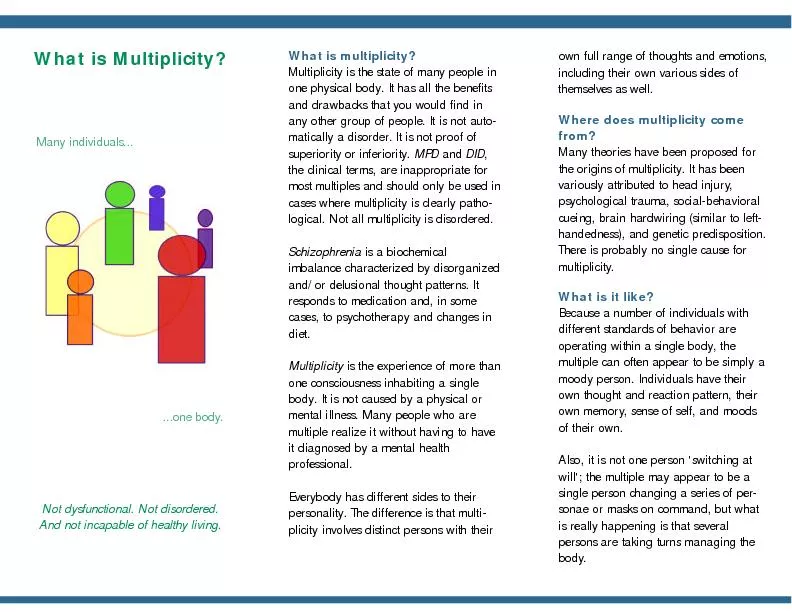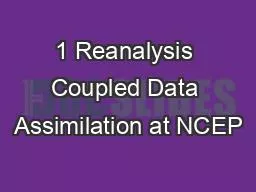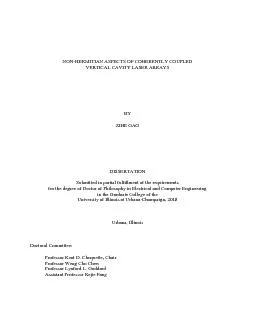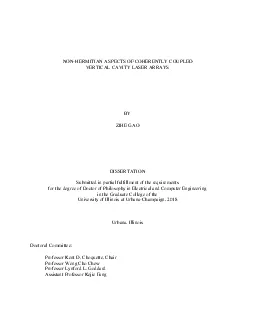PDF-Distributed Systems Last Modified PM A Distributed System Loosely Coupled Distributed
Author : alexa-scheidler | Published Date : 2014-10-15
Access to resources of various machines is done explicitly by Remote logging into the appropriate remote machine Transferring data from remote machines to local
Presentation Embed Code
Download Presentation
Download Presentation The PPT/PDF document " Distributed Systems Last Modified PM ..." is the property of its rightful owner. Permission is granted to download and print the materials on this website for personal, non-commercial use only, and to display it on your personal computer provided you do not modify the materials and that you retain all copyright notices contained in the materials. By downloading content from our website, you accept the terms of this agreement.
Distributed Systems Last Modified PM A Distributed System Loosely Coupled Distributed: Transcript
Download Rules Of Document
" Distributed Systems Last Modified PM A Distributed System Loosely Coupled Distributed"The content belongs to its owner. You may download and print it for personal use, without modification, and keep all copyright notices. By downloading, you agree to these terms.
Related Documents

